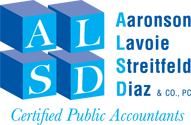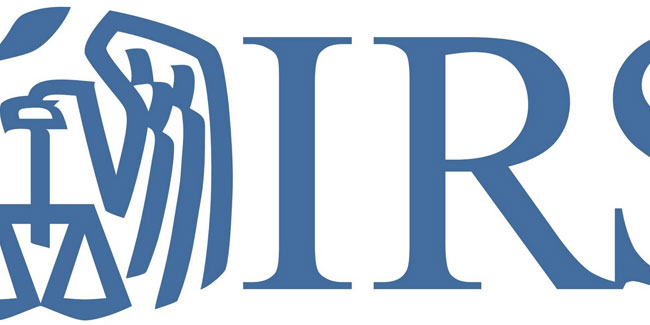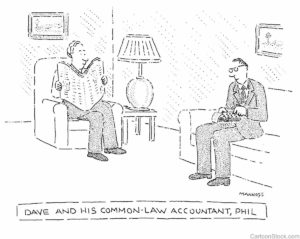Estimated Taxes
The Least You Need To Know – Part I
Did you just open a business, start freelancing or receive a “1099 Form” for the first time? Congratulations on joining the ranks of the self-employed. You have earned the privilege of paying estimated taxes directly to the IRS, and perhaps your state as well. The skinny:
When you are an employee you have taxes withheld from your paycheck. Not just income taxes but social security and Medicare, commonly referred to as “payroll taxes”. 5.65%** of your gross wages is withheld from your paycheck; unlike income taxes, this withholding is statutory, with a few exceptions, until your earnings reach a certain limit***. You don’t see it. You also don’t see that the employer is required to “match” –pay 7.65%** and remit it to the federal government.
But guess what? One of the delightful aspects of being self-employed is that you are your own boss, the employee and employer. The retirement system was created to cover everyone, and for 2012 you are required to pay 13.30%** of your net earnings directly to the IRS, plus your estimated income tax.
The IRS knows this can cause sticker shock and has established four target dates to pay your estimated taxes – April 15, June 15, September 15 and January 15 of the next year. The idea is that you not be left with a huge tax bill on April 15 that you are unable to pay. Especially given that April 15 is the first target date for the New Year’s estimated tax payments, it’s easy to fall behind and even harder to catch up.
How do you know how much to pay? At the very least, and known as the “safe harbor”, you will be expected to remit at least 100% *** of your prior year’s total tax or this year’s actual tax, whichever is lower, in those four installments. You may still owe tax at the end of the day but you will not be penalized for underpayment. Obviously you will not know until after December 31 what your earnings for this year will be. So you need to project.
Let’s say Nancy’s new consulting business is on target to make $50,000, after expenses, for 2012. She is a single mom and owns a home. Her federal income tax for the year, after all the credits and deductions, is projected to be about $2,600. But her self-employment tax will exceed $6,000. Her total federal estimated tax bill for 2012 is therefore $8,600. How much does she need to actually pay during the year? Remember we said the “safe harbor” is the lower of the 2011 tax or the 2012 projected tax. Let’s say 2011’s tax was $5,000, far less than her projected 2012 bill of $8,600. Then her minimum payment per installment will be $1,250. But – and this is a “big but” – she may owe about $3,600 on April 15, 2013 AND her first payment for her 2013 taxes will be due then as well.
And this is all without accounting for state income taxes. Again, you no longer have the benefit of salary withholding and will need to remit those as well.
You can see that staying on schedule with both your payments and projections is critical – both to avoid “underpayment penalties” and a double whammy of a tax bill. Now I hope I have not scared you out of starting your exciting new venture. Stay tuned for Part II when we discuss strategies to minimize your self-employment tax.
** The statutory rate for combined social security and Medicare taxes is 7.65% for both employee and employer. Through February 29, 2012, a payroll tax cut of 2% is still in effect for the employee portion only, reducing it to 5.65% while the employer rate remains at 7.65%, for a total of 13.30% if you are self-employed. It is widely anticipated that the cut will be extended through the end of 2012 by the time March rolls around.
*** Medicare represents 1.45% of the payroll tax (double for self-employed), and earnings are subject to tax no matter how high they are. Social Security tax thresholds are indexed for inflation; for 2012 wages or net self-employment earnings above $110,100 are not subject to the social security tax.
**** 110% is the safe harbor if your adjusted gross income exceeds $150,000.
©2011 Rich Streitfeld






